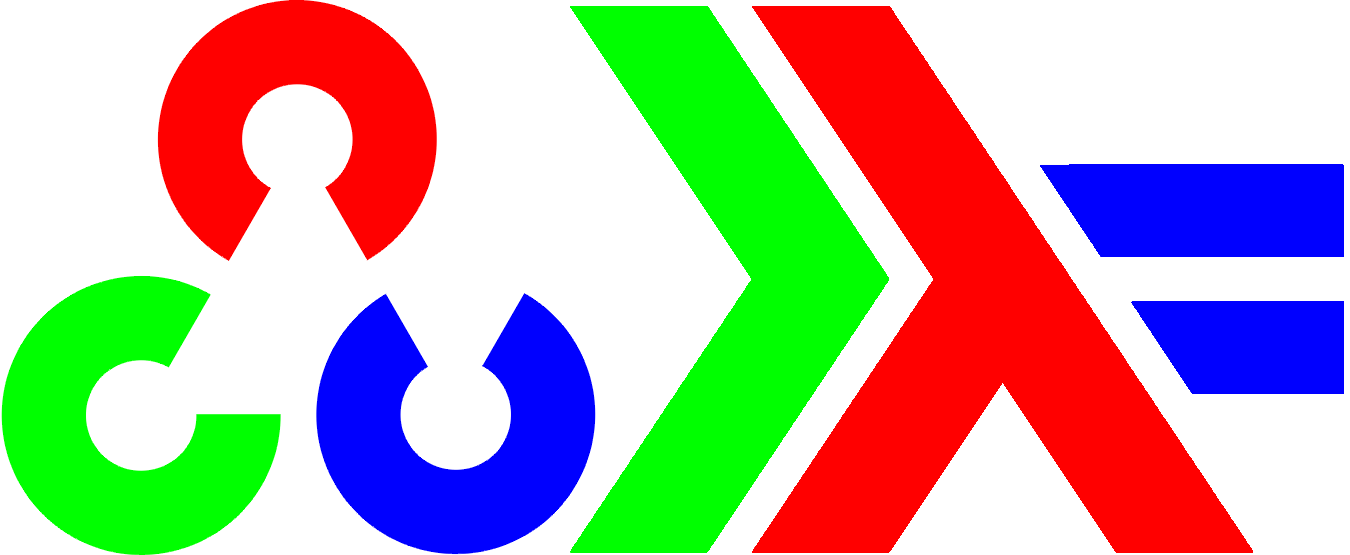This is a Haskell library providing a binding to OpenCV-3.x. It binds directly with the C++ API using the inline-c Haskell library.
The library is far from complete but the framework is there to easily bind missing functionality.
The documenation includes example programs that are automatically extracted from
the source code and run as part of the test-suite. See the opencv-doc-images
test-suite. The resulting images are referenced from the Haddock documentation.
OpenCV exports a number of modules named OpenCV.Internal. They are provided in case of urgent need for access to the internals, but they are not intended to be used by API consumers and if you find yourself repeatedly accessing them this is a sign that either you or OpenCV are doing something wrong. In such a case please file a bug.
The interface of Internal modules does not follow the PVP and may break between minor releases, so be careful.
We use Nix to enter an environment containing all the needed dependencies. For the moment the following commands only work on Linux. The Nix expression for opencv-extra currently fails to build on OS X.
curl https://nixos.org/nix/install | sh # Only execute this if you haven't installed Nix yet.
nix-shell
Then you should be able to use cabal as normal.
We love to get contributions! Please send us your pull requests. Do make sure your PR comes with Haddock documentation and preferably with an example program. If you include your example program in the following way:
{- | ...
Example:
@
myExampleImg :: Mat (ShapeT [200, 300]) ('S 4) ('S Word8)
myExampleImg = ...
@
<<doc/generated/examples/myExampleImg.png myExampleImg>>
-}
then run cabal test, now your Haddock documentation will include a nice
picture with the output of your program. Not only that, but your example program
will at the same time function as a test for the function you just documented!
In haskell-opencv we use the most precise types for integer arguments. OpenCV uses int which is a 32-bit integer. So in Haskell we have to use Int32 instead of Int for, eg. width and height.


